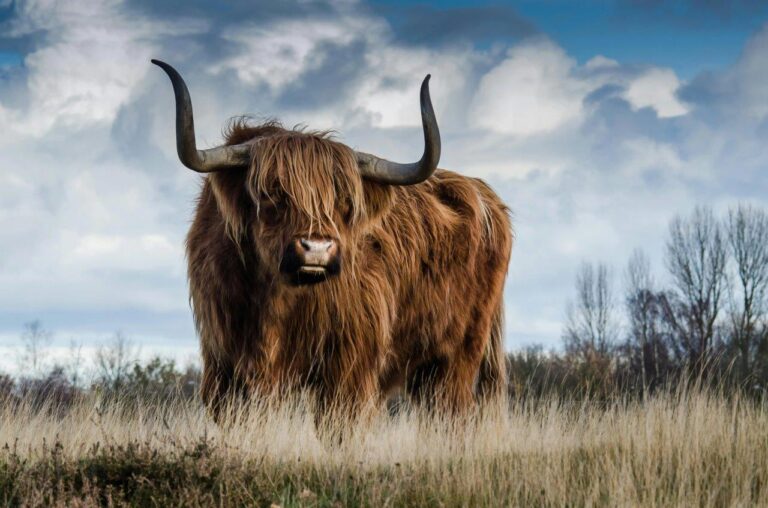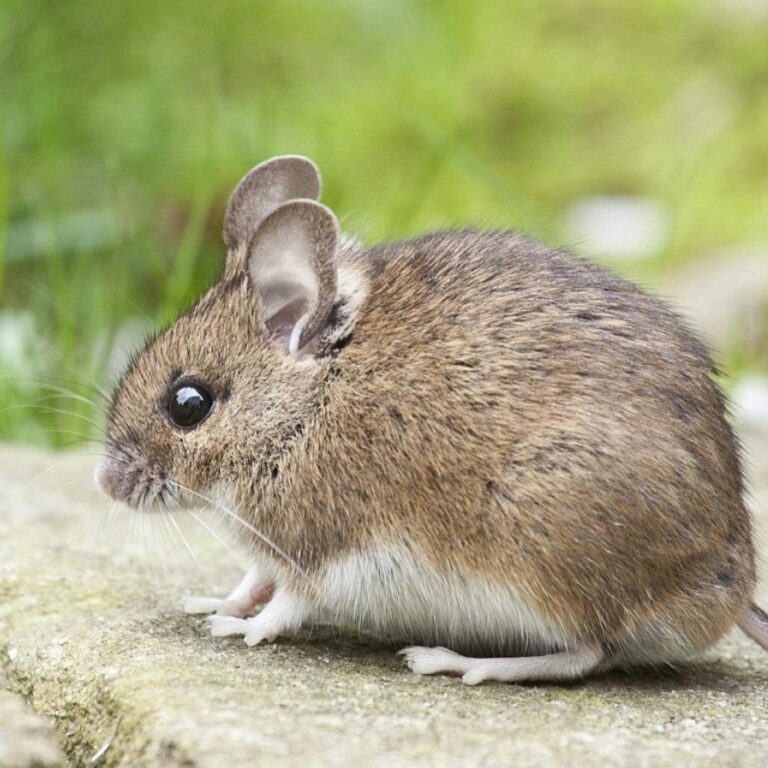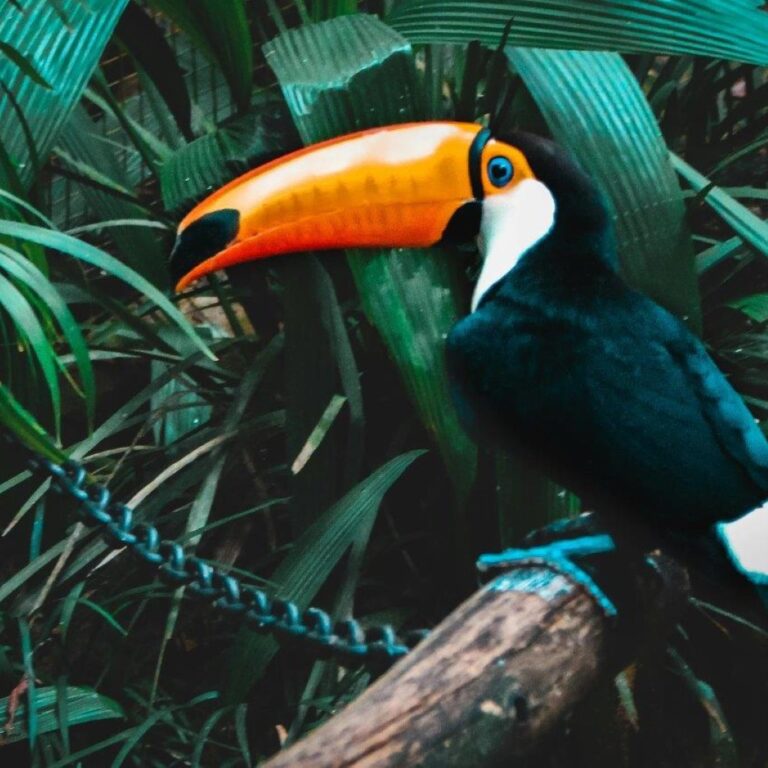Cows are sacred in many cultures, particularly in India, where they are revered and often freely roam the streets as symbols of life and sustenance.
There are over 1.4 billion cattle in the world, and they are found on every continent except Antarctica. Cows are the most common type of large domesticated animals.
Cows have a specialized stomach with four compartments—rumen, reticulum, omasum, and abomasum—allowing them to digest tough plant materials like grass efficiently.
Bulls are male cattle known for their strength and aggressive behavior. They are often used for breeding and are kept separate from the herd except during mating season.
The average cow produces about 6 to 7 gallons of milk per day, which adds up to over 2,000 gallons of milk per year. The highest producing dairy cow breeds include Holstein, Jersey, and Brown Swiss.
Cows are social animals and form strong bonds with other members of their herd. They have best friends and can become stressed when separated from their companions.
Bulls are often seen in cultural events like bullfighting and rodeos. While controversial, these events highlight the power and agility of these animals.
Cows have an excellent sense of smell and can detect odors up to six miles away. This helps them find food and avoid predators.
The term 'cow' technically refers to adult female cattle that have had a calf. 'Heifer' is the term for young female cattle that have not yet given birth, while 'bull' refers to an intact male, and 'steer' refers to a castrated male.
The gestation period for a cow is about nine months, similar to humans. Cows usually give birth to one calf at a time, although twins are possible.
Bulls are known for their large horns, which can be used for defense and dominance displays. Some breeds, like the Texas Longhorn, are famous for their exceptionally long and curved horns.
Cows have a unique dental structure with no upper front teeth. Instead, they have a tough dental pad that helps them grasp and tear grass.
The average cow can live up to 20 years, although dairy cows are typically kept for about six years due to the demands of milk production.
Bulls and cows communicate with each other using a variety of vocalizations, including mooing, grunting, and bellowing. These sounds help them stay connected with their herd.
Cattle play a crucial role in many agricultural economies, providing meat, milk, leather, and even dung, which is used as fertilizer and fuel in some cultures.



